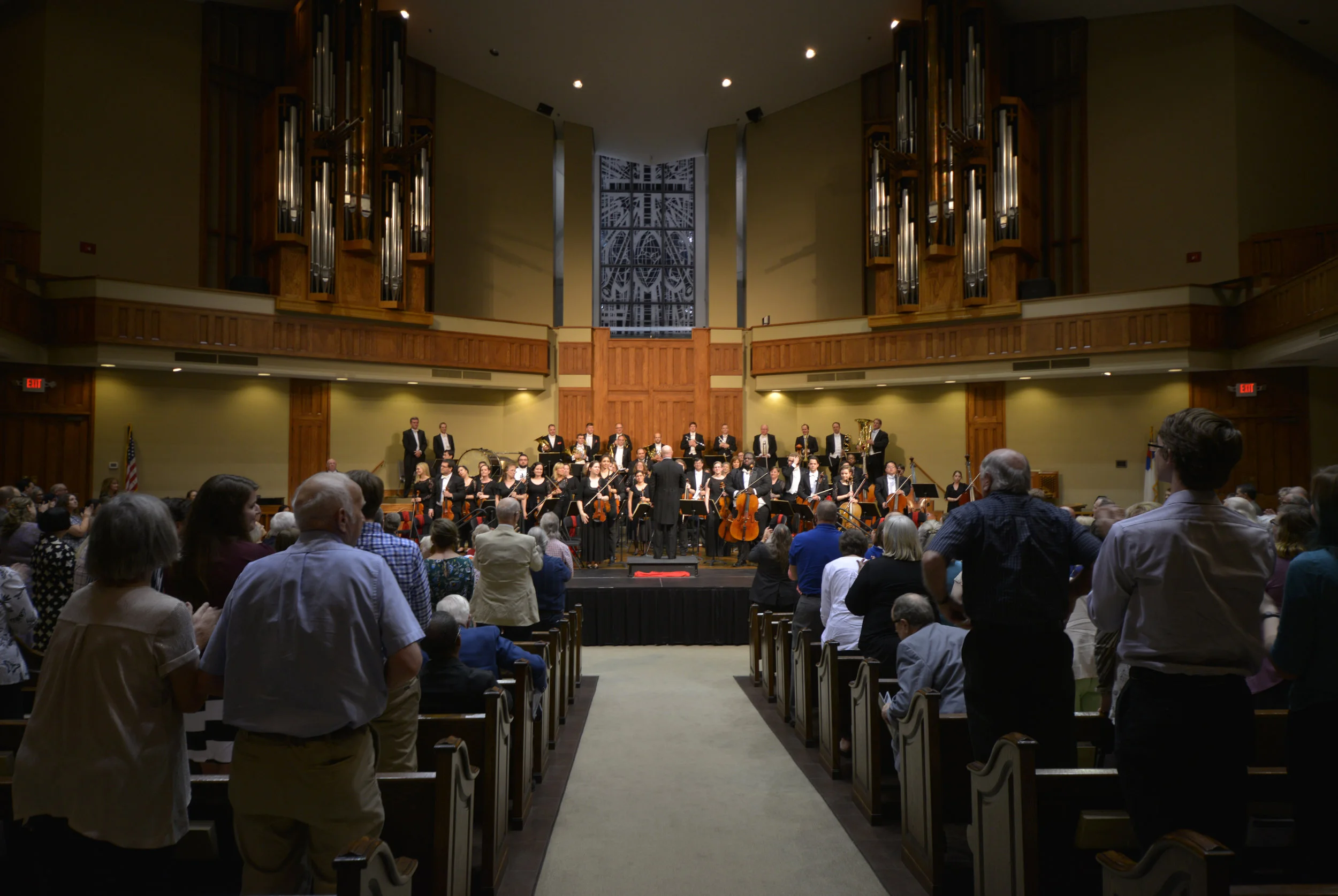Remains
This piece was originally published in the August - November 2017 issue of our journal, Vol. 3, Issue 2: Day & Night.
Inevitability is the evil twin of hope. Hope is when we’re not quite sure what will happen, but we’re certain that we want it to happen. The mystery of hope and, to be quite honest, the appeal of hope rest in its uncertainty. There’s the idea that what we are hoping for will eventually morph into reality and, if we’re lucky, possibly exceed our original expectations. Hope is why the idea of something is oftentimes better than the thing itself. We survive on hope. Hope keeps us moving.
Inevitability, however, is certain. There’s no romantic wondering about inevitability because its certainty is so definite. There aren’t many things in our world that are inevitable. Human beings have too many variables to maintain a wide array of constants. “Death and taxes,” they say. Those are our certainties. We’re faced with one annually, but the other we choose to ignore until we have to face it.
Death is dressed up with colorful flowers and immaculate granite. We polish those permanent boxes until they shine like a new Cadillac. We decorate our loved ones with fine jewelry and a new suit or dress to say our inevitable goodbyes. Then, they’re lowered into the ground from where the first man was created. “From dust to dust,” they say. The inevitability becomes a reality; night falls on what was, hopefully, a long, bright day of life; and the body rests beneath the cemetery floor for generations to come.
Cemeteries have always been fascinating, if not horrifying, for me. The earliest ghost stories I heard sitting around a campfire in Arkansas used a cemetery as the primary setting. Nothing ever good happened in those stories and, from a young age, the negative association with cemeteries was seamlessly transferred. However, as I’ve aged, the fascination with cemeteries has grown. Cemeteries are extremely peaceful places. They are one of the few places in our world where we can walk the line between two planes of existence. A cemetery is one of the only places in the universe where a living person is the minority in that given location. There is no sound in a cemetery. There is reflection in a cemetery. There is art in a cemetery. Most of all, there is history in a cemetery.
The oldest cemetery in Jackson sits on Riverside Drive, just on the periphery of downtown—a modern-day Golgotha just outside the city. The monuments on that property are grandiose and immaculate. Intricate stone carvings in designs of gothic lore decorate the headstones. The numbers carved on the granite date back to a time when the first settlers of Jackson hoped that the roots they were planting on the Forked Deer River would be nourished in the rich soil of West Tennessee. The certainties of life and the end of it were not on their minds—only the open ends of hope.
“Here lies the convoluted history of the South still played out in death. The mixture of black and white, free and captive, choice and obligation, all connected by death and anonymity.”
Jackson, Tennessee, was officially settled in 1821, although settlers from Virginia and Kentucky had made their way to the Jackson area a few years before that. The city of Jackson established Riverside Cemetery three years later in 1824. The oldest marker is dated that same year and was marked for Mary Jane Butler. She was the first of nearly 4,000 graves that would eventually exist on that piece of land. Year after year as these men and women tried to imprint their ideals on government and shape a new community, they also began to experience the cyclical power of life and death. With Butler’s death in 1824, the mix of certainty and hope caused these early settlers to see the need for an area to house the bodies of their loved ones when they passed. Here the inevitability of death intertwined with their hope for a city that would live beyond themselves, and Riverside Cemetery was established.
A public cemetery can be a layer of ironies, just one being the neighboring of individuals of opposite status, now forever equalized under the earth. There are nearly one hundred unmarked graves of Confederate soldiers and just as many unmarked graves of slaves—the soldier fighting for an ideal that he believed was right, the slave working without a choice in the matter, each of them placed permanently and namelessly in the same ground. Here lies the convoluted history of the South still played out in death. The mixture of black and white, free and captive, choice and obligation, all connected by death and anonymity.
As Jackson continued to expand into the 1900’s, other cemeteries began to emerge. The amount of burials at Riverside considerably declined as the community spread. The location of cemeteries can mirror the direction of a town’s growth, and, just as the founding fathers of Jackson had hoped, their town evolved and grew to the north and west. Hollywood Cemetery was created, followed by Ridgecrest Cemetery, but Riverside remained.
On May 4, 2003, a tornado ripped through downtown Jackson and Riverside Cemetery. At the time, I was working for my father at Lamar Advertising. My job was to clear fallen trees from billboard properties.My partner and I would head from Lamar to various locations with our tractor and chainsaws and get to work. Some days we would head south or east and over the bridge that leads to downtown, looking out the truck window as we passed over Riverside. I would see the toppled and crumbled tombstones, the cemetery resembling a square piece of farmland. Cemeteries are usually marked with three-dimensional works of art, but after the tornado, Riverside was flat and plain. It was eerie to think of a storm rushing over the graves of the remains of people who had been there for over one hundred years: the old, weathered stones lying broken on the ground; the markers of the unknown soldiers and slaves pushed aside by wind and rain; their anonymity not even labeled.
Five days later, Riverside Cemetery was placed on the National Register of Historic Places and restoration began. Members of the Jackson city planning department used a survey by Jonathan Smith to attempt to match markers with their burial plots and clean up the cemetery in the best way they could. While cleaning up, they found new graves that had been previously unmarked as well as some errors in names and dates. Nearly two hundred years after Mary Jane Butler was buried and Riverside Cemetery was established, current Jacksonians were working to make sure history was preserved. Jackson had grown well beyond the original hopes for the early residents.
If a city is to truly grow in every way, historical preservation is a necessity. There must be areas and buildings that we value and protect in order to weave the past into our contemporary fabric. “Revitalization” is a term that’s thrown around a lot, but there are places that we do not need to update but rather preserve. Riverside Cemetery is one of those places. We need spaces in our town that remind us of the persistence and sacrifice of the people who set our community in motion. We need to remember the significance of the slaves and soldiers resting beneath our feet. Much more powerful than any past-honoring statue is the anonymity of these men, reminding us of our common end despite our vast differences in the living world.
There is a sign at the entrance of Riverside that reads, “Here sleep the founders of Jackson.” A wild vine grows out of a shrub below the sign and partially covers the quote. The words imply a future awakening for our city’s founders—a day when they will be able to see the dreams they had for their town nearly 200 years ago fulfilled in a sprawling a city of nearly 70,000 residents. Even if that day never comes and those words are just one more example of the hope they had for the future, isn’t it our responsibility to continue what they started? To maximize the potential of our city. To invest in the lives of our neighbors. To value people over property.
Gabe Hart is an English and Language Arts teacher at Northeast Middle School. He was born and raised in Jackson, graduating from Jackson Central-Merry in 1997 and Union University in 2001. Gabe enjoys spending time and traveling with his daughter, Jordan, who is eight years old. His hobbies include reading, writing, and playing sports . . . even though he’s getting too old for the last one. Gabe lives in Midtown Jackson and has a desire to see all of Jackson grow together.
Photographer Victoria Phillips is a senior at Madison Academic Magnet High School and a self-taught photographer and videographer. She is passionate about capturing beauty in the world around her via her camera.
































